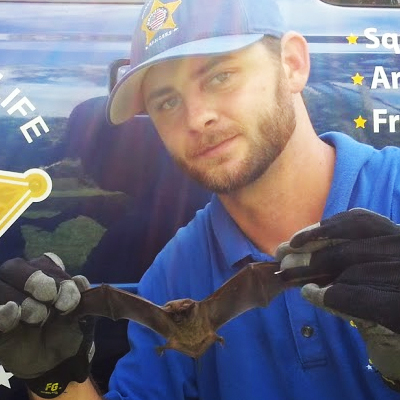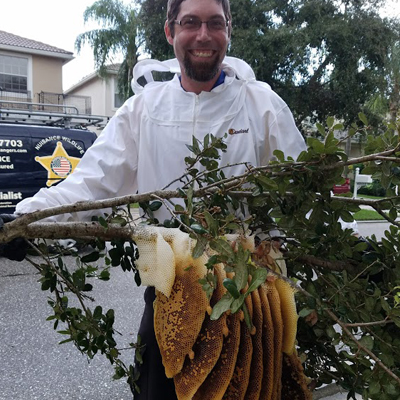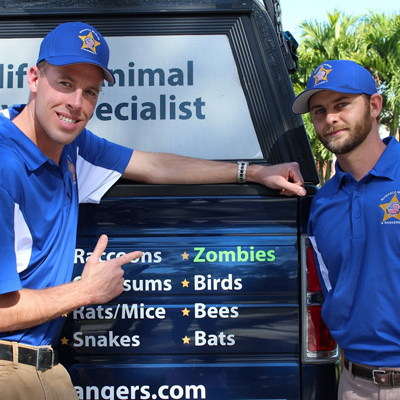Cane Toad Removal
The Cane Toad (Rhinella marinus) is a large, non-native amphibian that was introduced to Florida. Adult Cane Toads generally range from 6 to 9 inches long. Cane Toads were originally introduced in the sugar cane fields as a form of biological pest control since their natural diet includes insects. They have large parotid glands behind their ears. These glands secrete a potent milky-white toxin as a defense against predators. The Cane Toad is a psychoactive toad. This means it produces a psychoactive substance from the family of bufotoxins. This is why Cane Toads are sometimes called Bufo Toads by Floridians. The toxin itself is called 5-methoxy-N, N-dimethyltryptamine. People have been reported to lick these toads in order to experience a full body rush and powerful hallucination. In pets however this toxin is very dangerous and can even be lethal.
Recent Work / View all work
Recent Posts / View All Posts
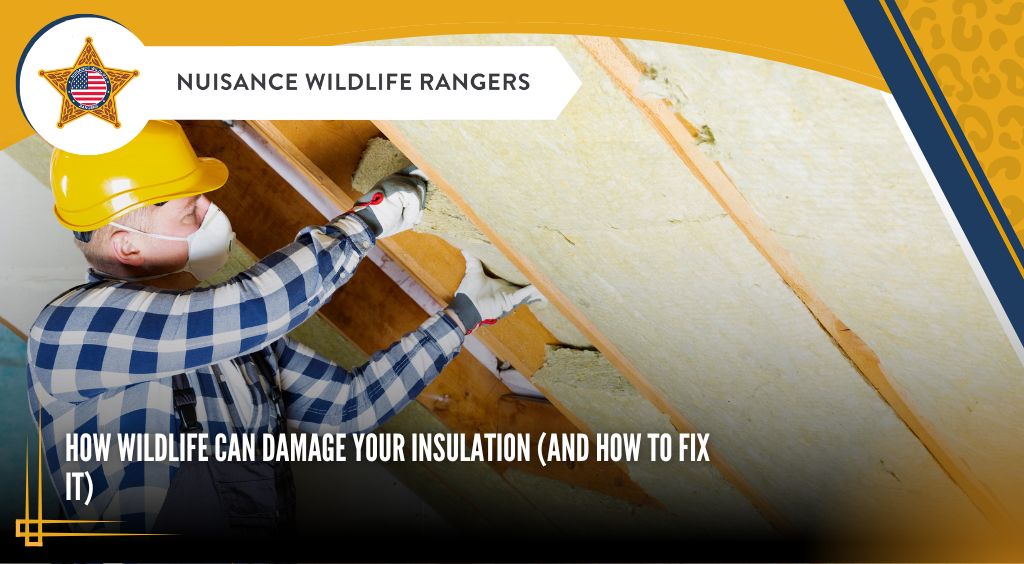
How Wildlife Can Damage Your Insulation (and How to Fix It)
writer | Animal Removal, Wild Life Control | No CommentsIf you’re a homeowner in Florida, you’re already familiar with certain challenges: humidity, hurricanes, high energy bills, and yes, unwanted wildlife. But one issue often overlooked is the damage those critters can wreak on your home’s insulation — and how that damage may quietly undermine both your comfort and your wallet. In this article, I’ll walk you through: 1. How wildlife typically gains…

How Wildlife Finds Shelter Under Decks and Patios (and How to Evict Them)
writer | Animal Removal, Wild Life Control | No CommentsIf you’re a Florida homeowner, you might think your deck or patio is just a space for weekend BBQs and relaxing evenings. But for many wild animals, it’s prime real estate—a warm, dark, and protected area to seek shelter, raise young animals, or avoid predators. Whether it’s raccoons, skunks, or rodents, wildlife nesting under your deck can lead to significant…
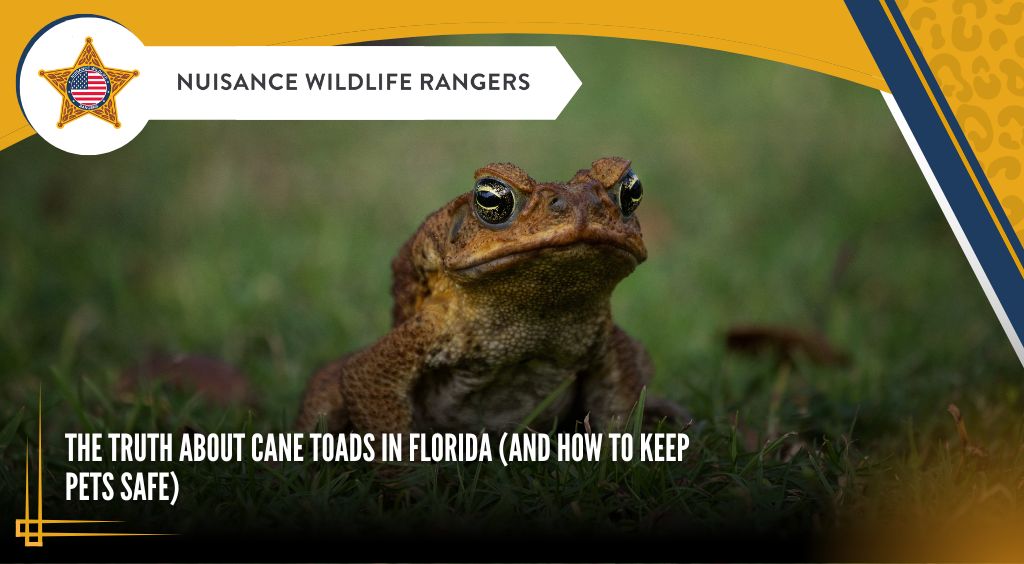
The Truth About Cane Toads in Florida (and How to Keep Pets Safe)
writer | Frog Removal | No CommentsFlorida’s tropical climate and sprawling suburban landscapes make it a hotspot not just for humans but also for invasive wildlife. Among the most notorious of these intruders? The cane toad. These large, warty amphibians are more than just an unsightly backyard nuisance—they pose a serious threat to native wildlife, pets, and ecosystems across the state. In this guide, we’ll break…
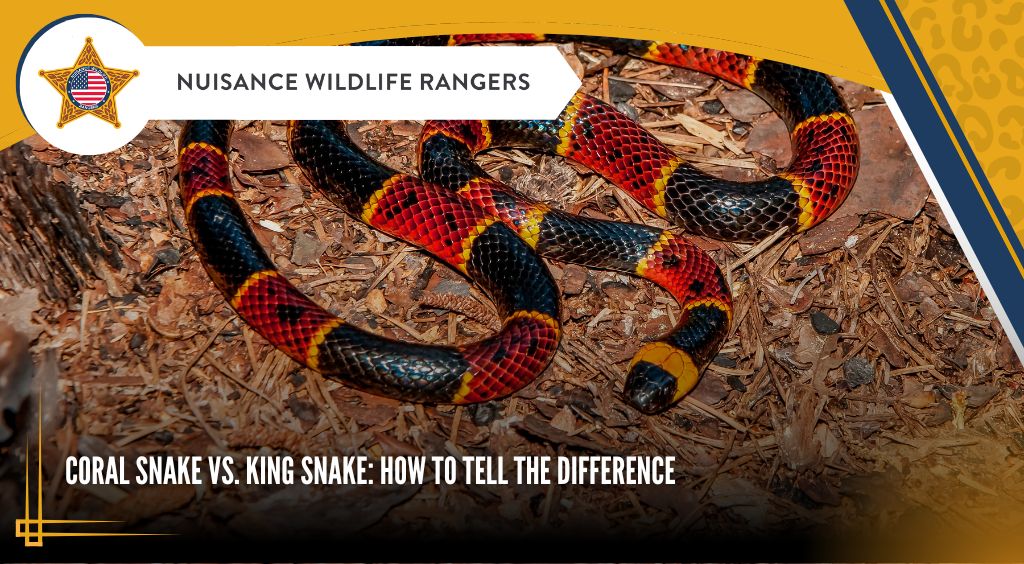
Florida is home to some of the most beautifully colored—and potentially dangerous—snakes in the U.S. Among these, the coral snake and the king snake are two species that often get mistaken for one another. That’s not just an academic mix-up—it can be a life-threatening one. If you’re living in the southeastern United States, especially in southern Florida, understanding the key…

